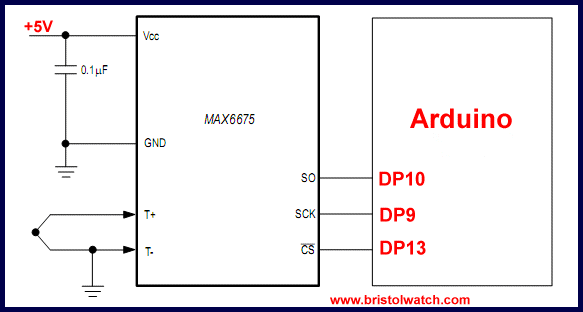Two Wire Serial Interface Arduino
Thanks for that link! More reading to dive into tonight.
I originally had it set up as an interrupt but I prefer to use the serial model of communication. The RF chip should only be receiving data when the Arduino instructs it to.


That buffer system worked but I have a few use cases where I will overflow the 128 byte buffer the CC110X provides. I'm already (ab)using (hah!) the SPI hardware, the CC110X chip shares the MISO pin with the GDO1 pin (which is the serial clock output). I'll have to conquer that with some software SPI for another module I'm using for this project. I'm not really concerned about the garbage data for the time being. The device I'm talking to is acting as an RF slave and will only respond back to my Arduino/RF device after a command has been transmitted. The RF chip handles packet synchronization with OOK modulation, I think what you're getting at is the condition under which the Arduino reads its own receive buffer in a bad state.
Two Wire I2C Arduino LCD Display. That protocol communicates using a 2-wire serial interface, where one wire is a serial clock (SCL). Wire Library The Wire library. Often also called '2 wire' or 'TWI' (Two Wire Interface). Download: Wire is included with Arduino. Begin (); Serial.
I also have RF preamble and sync bytes disabled as I want to read anything that is broadcasted for the frequency I've configured the CC110X with. A timeout routine will definitely implemented - but for the time being I won't worry about that until I can properly receive / transmit first.
The TWI or I 2C is one of the serial data transfer protocols used in embedded systems. It was created by NXP Semiconductors, originally a Phillips semiconductor division, to attach slow speed peripheral devices to the embedded microprocessor. It is used for low to medium data rate communication. EPROM, real time clock system storage devices, remote temperature sensors and I/O port expanders are some examples of slow peripheral devices. In TWI the serial data transmission is done in asynchronous mode. This protocol uses only two wires for communicating between two or more ICs.
I2C is a Multi-point protocol in which a maximum up-to 128 peripheral devices can be connected to communicate along the serial interface which is composed of a bi-directional line (SDA) and a bi-directional serial clock (SCL). The two bidirectional open drain lines named SDA (Serial Data) and SCL (Serial Clock) with pull up resistors.
The bus consists of just two wires or circuit traces, one for clock and the other for data, with a pull-up resistor on each wire of the bus. One of the two devices, which control the whole process, is known as Master and the other which responds to the queries of master is known as Slave device. The ACK (acknowledgement) signal is sent/received from both the sides after every transfer and hence reduces the error. SCL is the clock line bus used for synchronization and is controlled by the master. SDA is known as the data transfer bus. Figure below shows a typical arrangement of I2C.
Once we have understood the basics of TWI let’s get in depth about each part of I2C arrangement and functions.